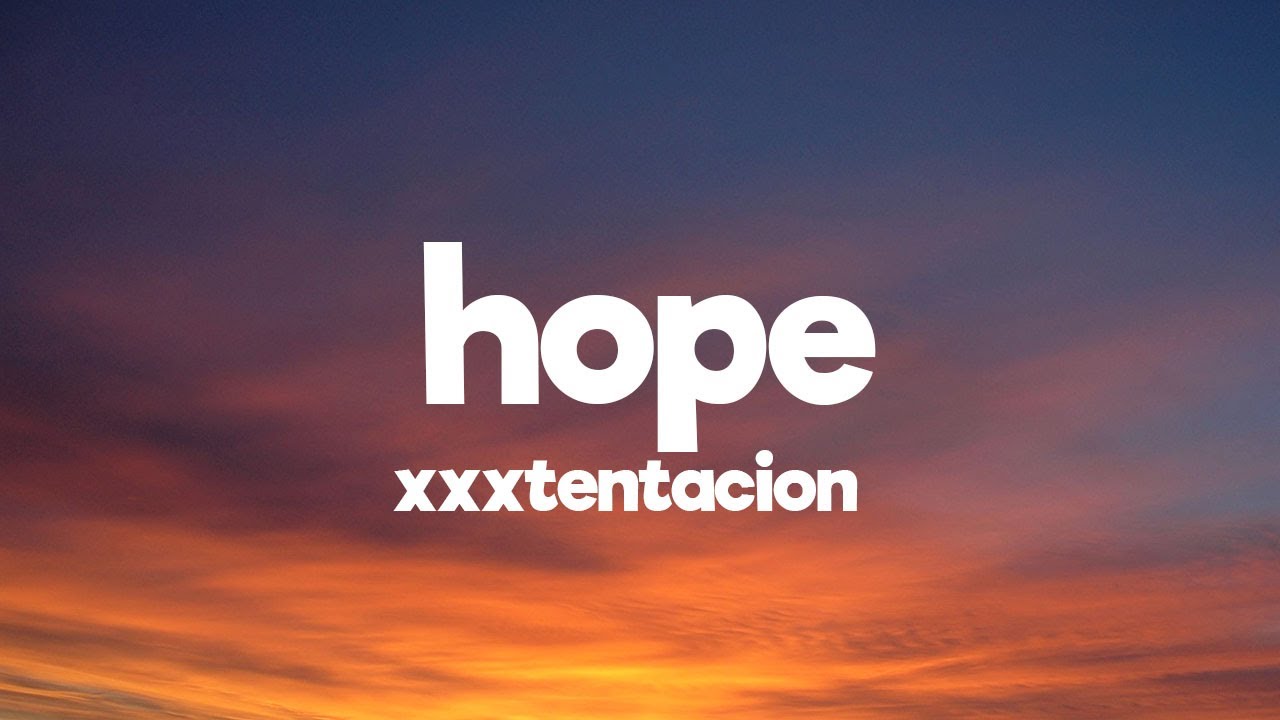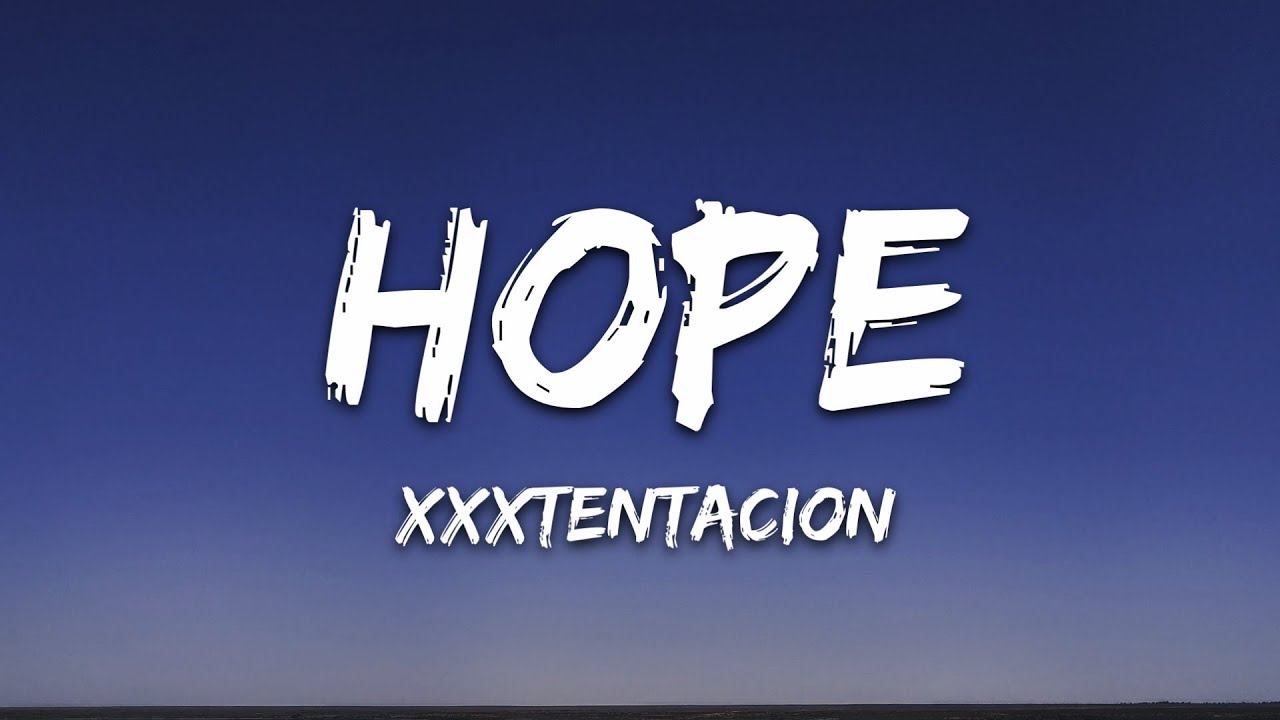Exploring Hope: A Monarch in the Landscape of Adversity
Hope stands tall in the landscape of life, like a monarch ruling over the shadows of despair. It’s one of those powerful concepts that unite people across various fields—art, literature, psychology, and social movements. This article dives deep into how hope navigates the twists and turns of existence, lighting the way through darkness.
Movies and shows often mirror this struggle between light and dark, showcasing the transformative power of hope. Take, for example, the recent Inside Out 2—a film that aims to inspire emotions beyond the ones we usually celebrate. As films like this highlight, cultivating hope in our lives makes navigating through obstacles a bit easier.
Hope isn’t just a fleeting emotion; it’s a crucial element that empowers us to face life’s challenges. Imagine you’re stuck in heavy traffic, late for an important meeting. Hope kicks in as you envision arriving just in time. This spirit of resilience lingers throughout our collective experiences, bridging gaps and transforming our darkest moments into sparks of possibility.

The Top 7 Ways Hope Illuminates the Darkness
Historically, hope has ignited social movements, turning despair into action. The Civil Rights Movement provided a vivid example. Leaders, like Martin Luther King Jr., captured hearts and minds with hope-laden speeches. His infamous “I Have a Dream” speech symbolizes how hope can stir an entire nation, forcing societal transformations while shining a light through grave darkness.
Hope thrives in the vibrant strokes of artistic expression. For instance, Frida Kahlo’s masterpieces serve as mirrors reflecting both suffering and resilience. Her iconic painting, “The Two Fridas,” portrays the inner conflict of identity while blooming with an undercurrent of hope. Art becomes a sanctuary where viewers can explore their emotions and emerge with renewed insight.
Hope’s power doesn’t just linger in feel-good moments; it’s essential for mental well-being. Psychology emphasizes its role in building resilience. Recent research, particularly from psychologist Charles Snyder, shows that hopeful individuals are better at managing stress and recovering from trauma. Hope lays out pathways to achievable goals, guiding people through rough patches with purpose and determination.
Literature often provides a safe space where hope flourishes amid despair. Cormac McCarthy’s The Road isn’t just a story of survival; it’s a heart-wrenching tour of a father-son journey fueled by relentless hope. The themes echo through the pages, reminding readers that even in hopeless situations, connection and survival arise from steadfast belief in a brighter tomorrow.
In healthcare, hope’s importance is monumental. Patients who maintain a hopeful outlook during treatment often experience better outcomes. Dr. Bernie Siegel’s groundbreaking work emphasizes just how hope can influence recovery trajectories. By shining a light on healing, he illustrated that a positive mindset might hold the potential to extend life beyond the physical.
Who could forget the rising tide of climate activism? Hope fuels this movement, championed by passionate figures like Greta Thunberg. She’s become a beacon of light, urging us to envision a sustainable future while fighting against environmental decline. Incredibly, her words resonate across generations, proving that hope can unite voices for a collective purpose.
Nations often craft their identities around hope. The “American Dream” embodies a belief that hard work brings success, reinforcing notions of freedom and opportunity. This idea thrives even in tumultuous times, echoing the sentiment that collective aspiration can incite change. Hope molds identities, creating narratives that keep people striving for a better future.
Navigating the Path of Hope
The journey through life’s light and dark moments is anything but simple. By exploring the myriad ways hope plays a central role, we uncover its compelling strength to transcend adversity. It’s akin to having a monarch guiding us through chaotic challenges, infusing resilience, creativity, and forward-thinking into our lives.
In our contemporary society, marked by uncertainty, hope becomes even more essential. Embracing and nurturing hope offers valuable lessons for individuals, communities, and leaders alike. Let’s not forget that even in the bleakest hours, hope has the uncanny ability to light the way to transformative change. The spirit of hope perseveres, motivating us to face the shadows that may surround us.
Whether you’re catching a film like Charlie Wright or experimenting with a new streaming platform, remember to hold onto hope. Engaging with cinema, art, and literature can help you navigate this intricate journey. So here’s to hope—our steadfast companion, illuminating paths fraught with challenges and dreams.
For more on understanding how art and narrative weave themes of hope into our lives, check out the features on R Conspiracy and Epoch. Discover how engaging with films can reshape your perspective on life, and don’t miss any buzz surrounding the latest action films on Action, or see what’s unique about upcoming characters like in the new storytelling of Genie at Genie.
As we reflect on hope’s powerful journey, we remember that it’s not just a feeling, but a driving force through light and darkness.

Hope’s Extraordinary Journey Through Light and Darkness
The Power of Hope in Cinema
Hope has always been a driving force in storytelling, especially in films that tackle tough themes. For instance, in the heartwarming movie, the character’s hope serves as a light in dark times, much like a kings challenge to rise against adversity. Interestingly, studies show that hope can profoundly impact one’s outlook, elevating spirits during turbulent times. Such narratives remind us that even in the bleakest situations, a flicker of hope can spur change and resilience.
New Beginnings and Noteworthy Characters
In animation, hope often appears as a vibrant theme. Take, for instance, the upcoming sequel, Inside Out 2, which is generating buzz among fans. Critics on platforms like Rotten Tomatoes shed light on how these narratives can capture the essence of hope through relatable emotions. As audiences engage with these films, hope becomes a character in itself, moving us toward a brighter future.
The Local Cinematic Experience
But hope doesn’t just live in big studio productions. Locally, places like the Laurel Movie theater bring communities together, proving that sometimes the simple pleasure of shared storytelling can ignite hope. Watching films in such beloved venues creates connections, fostering hope and camaraderie. It’s fascinating how hope can flourish in our familiar corners, sparking hearts and minds alike.
By understanding these facets of hope, we can explore its role as both a plot device and a personal motivator. Consider, for instance, how effective communication, like knowing What Is a quit claim deed, can provide clarity in life, paralleling hope’s role in navigating life’s uncertainties. Hope inspires not just characters on-screen but also individuals in their journeys, shaping their paths in remarkable ways.








